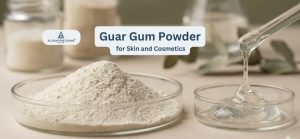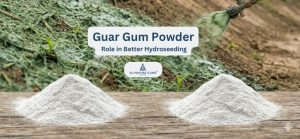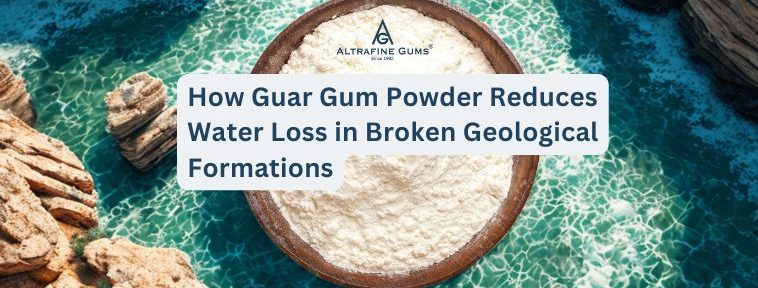
How Guar Gum Powder Reduces Water Loss in Broken Geological Formations
Table of Contents
Water loss in fractured geological formations poses a major challenge for the oil, gas, and mining industries. Natural fractures and high permeability in shale, sandstone, and other subsurface formations lead to fluid loss, increasing operational costs and complicating drilling processes. Guar gum powder, a natural polysaccharide extracted from guar beans, has become a highly effective additive in fluid loss control and drilling fluids. This article delves into how guar gum powder and guar gum-based drilling fluids reduce water loss in broken geological formations and why bulk guar gum powder is essential for oilfield applications.
1. Challenges of Water Loss in Geological Formations
Natural Fractures and Permeability in Shale and Sandstone
Geological formations like shale and sandstone typically feature natural microfractures and high permeability zones. These fractures allow drilling fluids and water-based guar gum drilling fluids to escape uncontrollably into the formation, causing:
- Loss of expensive drilling mud and fracturing fluids.
- Wellbore instability and risk of stuck pipe incidents.
- Increased non-productive time and higher operational costs.
Economic and Operational Impact of Fluid Loss During Drilling
Fluid loss from formations means more bulk guar gum powder and other additives are required to maintain fluid viscosity and volume. This raises material consumption and costs for drilling contractors. Moreover, poor fluid loss control can damage the reservoir and reduce hydrocarbon recovery. Hence, controlling water loss is critical for both economic and operational efficiency.
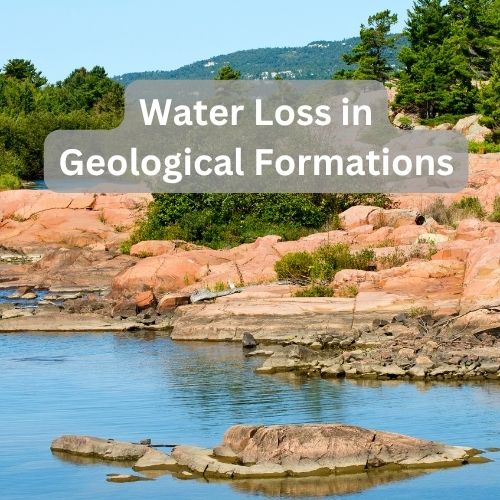
2. Mechanism of Guar Gum Powder in Fluid Loss Control
Viscosity-Building Properties and Sealing Microfractures
Guar gum powder is prized for its high molecular weight and hydrophilic nature, which boost the viscosity of water-based drilling fluids. Increased viscosity enables guar gum-based gels to:
- Suspend solid particles effectively.
- Penetrate and seal microfractures in geological formations.
- Create a viscous barrier that reduces further water loss.
Formation of Filter Cakes to Reduce Fluid Penetration
Guar gum powder enhances the formation of a flexible, low-permeability filter cake on borehole walls. This filter cake acts as a physical seal against fluid invasion, significantly minimizing fluid loss. Compared to synthetic polymers, guar gum forms more effective filter cakes that adapt well to the fractures and pores in rock formations.
3. Applications of Guar Gum Powder in Oil & Gas and Mining Drilling Operations
Use of Guar-Based Gels in Drilling Fluids and Fracking Fluids
Oilfield operators widely use guar gum powder in drilling mud formulations and hydraulic fracturing fluids due to its superior viscosity and fluid loss control capabilities. Bulk guar gum powder is mixed into water-based drilling fluids to enhance:
- Suspension of drill cuttings.
- Sealing of fractures to prevent water loss.
- Carrying proppants during fracking operations.
Benefits Over Synthetic Polymers and Other Alternatives
Compared to synthetic fluid loss additives, guar gum powder is:
- More cost-effective in bulk supply.
- Biodegradable and eco-friendly.
- Thermally stable in high-temperature wells.
- Compatible with various chemical additives for tailored performance.
These benefits make bulk guar gum powder the additive of choice in many oil and gas drilling projects worldwide.
4. Advantages of Guar Gum Powder in Harsh Geological Conditions
Biodegradable and Eco-Safe Solution for Sensitive Environments
As a natural polymer, guar gum powder biodegrades easily without leaving harmful residues. This quality suits it perfectly for environmentally sensitive drilling sites, including offshore and protected land areas.
Compatibility with High-Pressure and High-Temperature Operations
Cross-linked guar gum-based gels maintain viscosity and sealing strength under high-pressure high-temperature (HPHT) conditions common in deep wells. This thermal stability allows bulk guar gum powder to perform reliably in demanding geological formations.
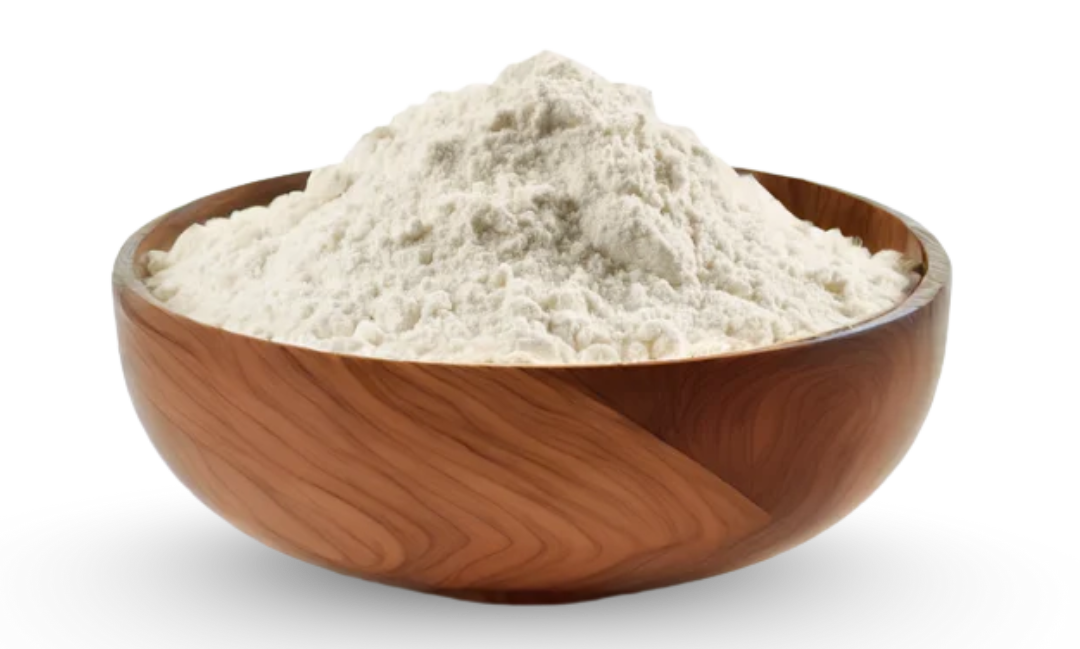
5. Research and Development in Guar-Based Loss Circulation Materials
Innovations in Cross-Linked Guar Systems
Advances in cross-linked guar gum powder chemistry have produced gels with enhanced elasticity and temperature resistance. These improvements boost fluid loss control efficiency and allow customized formulations for specific reservoir conditions.
Future Applications in Geothermal and Deep-Sea Drilling
The unique properties of guar gum powder position it as a promising additive for emerging drilling sectors like geothermal energy and deep-sea oil extraction, where extreme environments require robust, eco-friendly fluid loss solutions.
Conclusion
Guar gum powder is a natural, versatile additive that effectively reduces water loss in broken geological formations. By improving drilling fluid viscosity and sealing microfractures, bulk guar gum powder helps maintain wellbore stability, reduces operational costs, and supports sustainable drilling practices. Its biodegradability and thermal stability make it the preferred choice for oilfield applications worldwide. Continued R&D will further enhance its role in advanced fluid loss control technologies.
FAQs on Guar Gum Powder and Fluid Loss Control
How does guar gum powder reduce water loss in fractured geological formations?
Guar gum powder increases the viscosity of drilling fluids, helping seal microfractures and form filter cakes that reduce fluid penetration.
Why is bulk guar gum powder preferred over synthetic polymers in drilling fluids?
It is cost-effective, biodegradable, thermally stable, and provides superior fluid loss control.
Can guar gum powder be used in high-temperature, high-pressure drilling operations?
Yes, especially when cross-linked, guar gum gels maintain performance in HPHT conditions.
What industries use guar gum powder for fluid loss control?
Primarily oil and gas drilling, hydraulic fracturing, and mining operations.
Is guar gum powder environmentally friendly?
Yes, it is a natural, biodegradable polymer that minimizes ecological impact.
What recent advancements have been made in guar gum powder for drilling?
Enhanced cross-linking chemistries improving gel elasticity and temperature resistance.

CEO, Altrafine Gums
With over Four decades of expertise in the natural gums and hydrocolloids industry, Ajit Patel leads Altrafine Gums, a globally recognized manufacturer and exporter of Guar Gum Powder, Cassia Tora Powder (Cassia Gum Powder) and other Hydrocolloids. Under his visionary leadership, the company has built a strong reputation for quality, innovation, and reliability across the food, feed, pet feed, pharmaceutical, mining, oil drilling and cosmetic sectors.
Altrafine Gums has been serving global industries for decades with a focus on sustainable sourcing, research-driven production, and stringent quality control. Its wide product portfolio includes Guar Gum Powder, Cassia Tora Powder (Cassia Gum Powder) and other plant-based hydrocolloids that serve as key functional ingredients in diverse applications.
Ajit Patel’s commitment to excellence ensures that every product from Altrafine meets international standards of performance and purity. He is passionate about advancing the global reach of Indian hydrocolloids, fostering customer trust, and promoting eco-friendly, science-backed solutions that enhance product formulation and performance worldwide.






